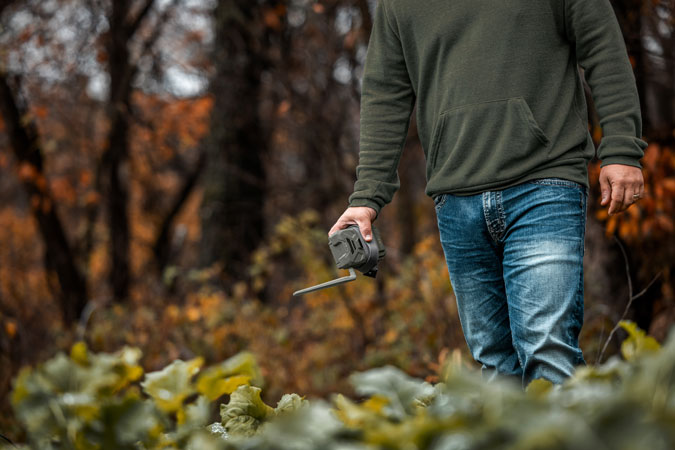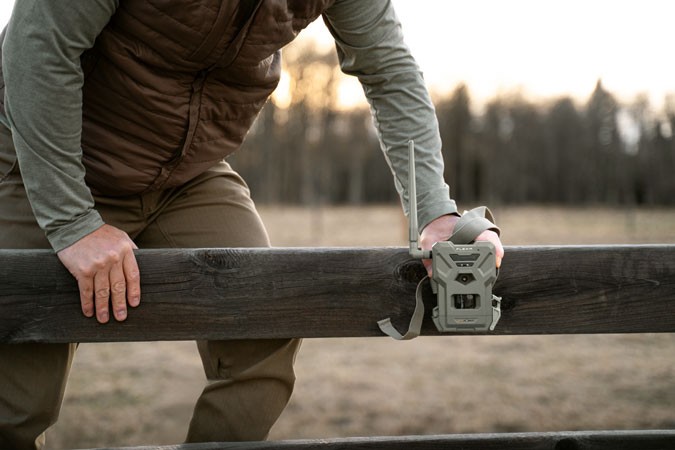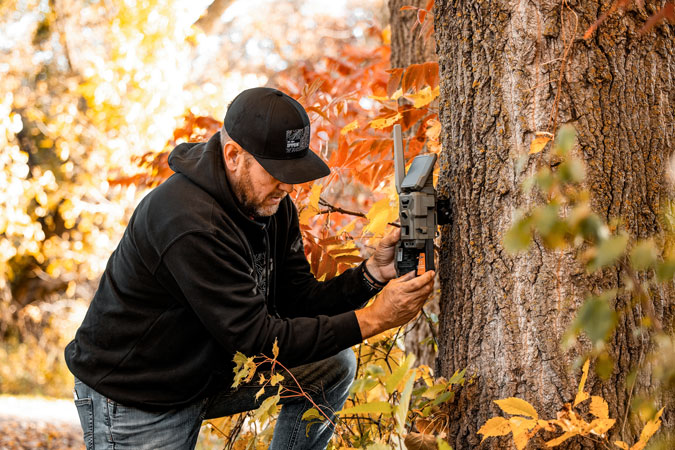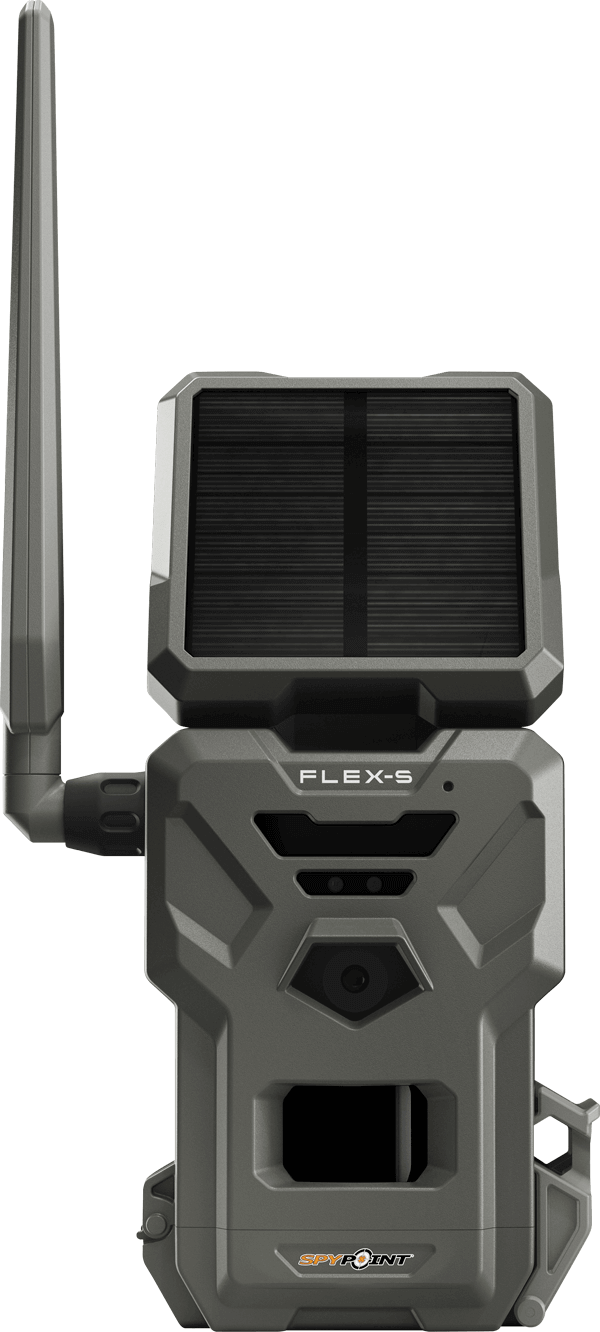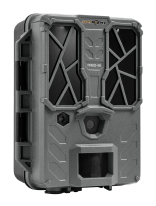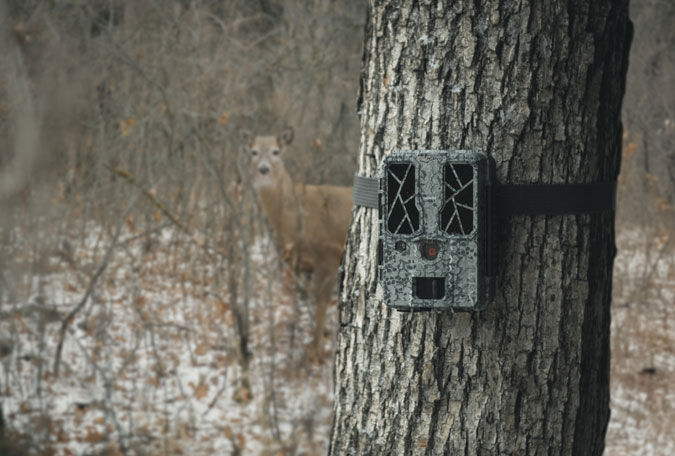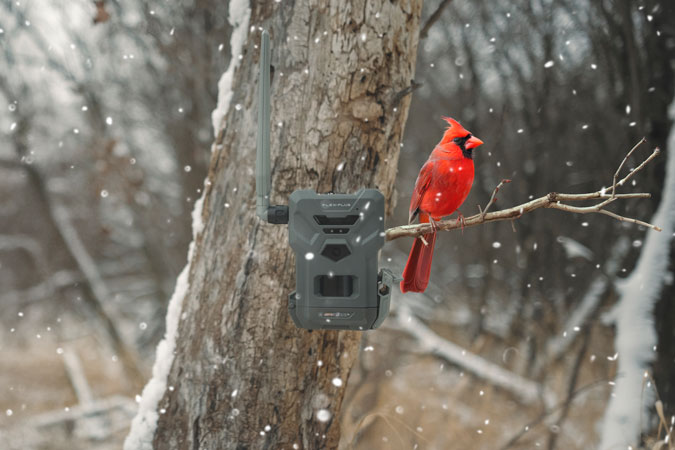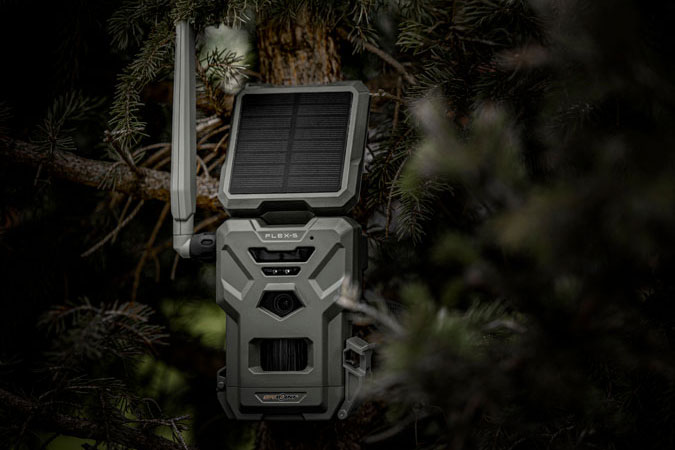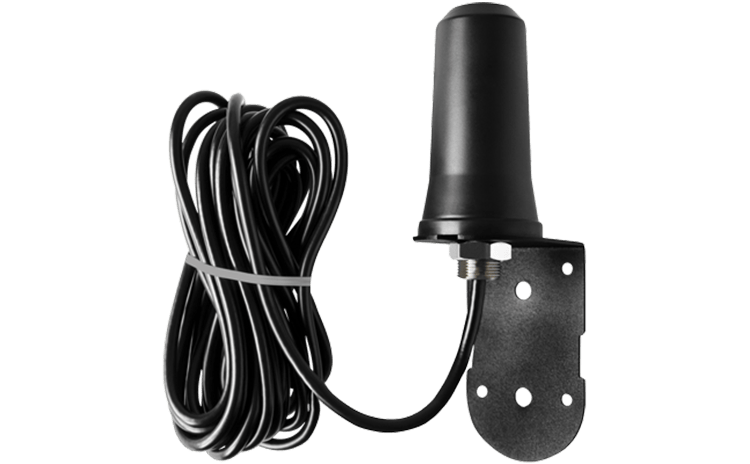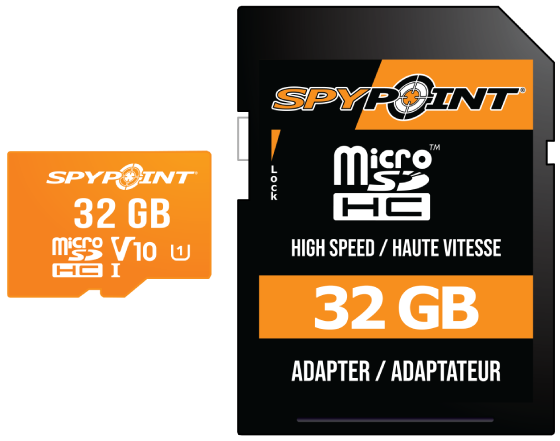Find the Perfect Wildlife Camera for Different Species and Environments
The motions of different species are best captured with different cameras.
Tailored Wildlife Cameras for Mammals
Mammal and large animal tracking requires a very specific set of functions.
For larger mammal captures, focus on excellent storage capacity and long battery life. You’ll need months of HD footage to determine species occurrence properly. SPYPOINT’s solar-powered FLEX-S camera can capture detailed shots for months without losing battery power.
For smaller, fast-moving species, you’ll want the highest possible video quality and the fastest available trigger times. Check out the SPYPOINT FORCE-PRO camera, which can film in 4K and has a .2-second trigger speed.
The Best Wildlife Cameras for Bird Watching
It’s impossible to predict bird movement patterns, but what you can do is react fast. Hair triggers and long-range motion detection are absolutely essential for bird-watching specialists. Shop for cameras with trigger speeds under a second and a wide detection range to capture crystal-clear shots of high flyers and tree dwellers at roost.
You’ll also need to cast a wide net for great birding shots. Check out SPYPOINT’s bundle discounts to get a great deal on multiple cameras controlled through one streamlined app.
Specialized Wildlife Cameras for Nocturnal Animals
Two critical components make up a great nocturnal camera system:
- Low-glow night vision: SPYPOINT’s FLEX cameras capture in color by day and infrared light by night. Our low-glow LEDs illuminate your area’s nightlife without spooking any animals.
- Scheduling options: Schedule your camera remotely from the SPYPOINT app to wake up your camera during the most active parts of the night.
Nighttime photos can drain your battery faster. Include solar charging or an extra battery bank to maintain high image quality on busy nights.
Precision Wildlife Cameras for Reptiles and Amphibians
You’ll need the highest possible definition to catch subtle movements like a snake slithering through the bush. Don’t focus as much on maximum capture distance for reptile cams. Instead, consider the FLEX-M bundle, a package of two cameras you can position at attractive sections of the forest floor.
Top Wildlife Cameras for Marine and Water-Adjacent Animals
Water sources can give you long looks at local wildlife as they stop and sip. Aim a cellular trail camera at popular drinking spots and river crossing points to funnel action into your view.
SPYPOINT’s Time-Lapse+ feature is excellent for watering holes. This technology works great with a FLEX-PLUS to provide 36MP shots of the area at an interval of your choice.


